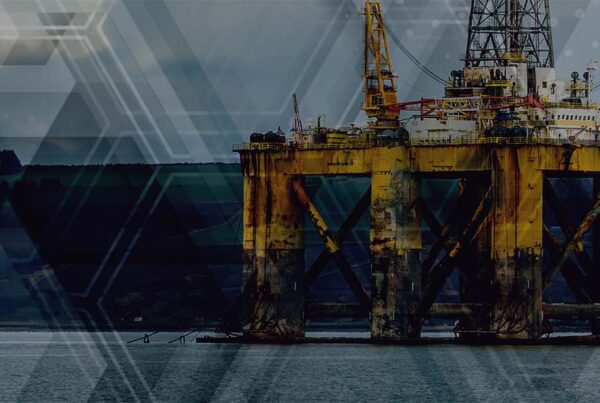 Liftboats have come a long way. Since breaking out of the Gulf of Mexico the global fleet of these self-propelled, self-elevating vessels has grown by over a third and now stands at more than 300 units worldwide. They are now tried and trusted in West Africa, the Persian Gulf and the North Sea. In South East Asia, they are finally gaining a foothold with key operators. Unlike immobile jack-up barges, liftboats offer more, typically performing well intervention, maintenance and installation workscopes. They are now being used for offshore EOR campaigns and we would not be surprised to see a growth in such deployments. The concept is also making a big impact in the offshore wind turbine installation business.
Liftboats have come a long way. Since breaking out of the Gulf of Mexico the global fleet of these self-propelled, self-elevating vessels has grown by over a third and now stands at more than 300 units worldwide. They are now tried and trusted in West Africa, the Persian Gulf and the North Sea. In South East Asia, they are finally gaining a foothold with key operators. Unlike immobile jack-up barges, liftboats offer more, typically performing well intervention, maintenance and installation workscopes. They are now being used for offshore EOR campaigns and we would not be surprised to see a growth in such deployments. The concept is also making a big impact in the offshore wind turbine installation business.
Here at DW, we have been monitoring the oil and gas liftboat markets and as a conservative forecast, we expect the demand for liftboats outside the Gulf of Mexico to increase by more than 3,500 days over 2014-2018. A number of factors will contribute to this, the two most important being their improved specifications and the increased recognition from operators of the value liftboats represent.
With the latest generation of liftboats offering increased water depth capabilities they are able to access an increasing proportion of existing fixed platforms. The increased deck space they offer enables them to carry more equipment, such as coiled tubing or chemicals for well intervention work – here their value is underlined by Halliburton’s decision to invest in a fleet of five for its Gulf of Mexico slickline services. But arguably the biggest factor behind the increase in demand will be the attitude of E&P operators who are renowned for their conservatism; their aim in the race for new approaches is usually to finish second. However, despite this, liftboats have broken through. And demand is growing.
Calum Shaw, Douglas-Westwood London
+44 20 3427 3498 or [email protected]



